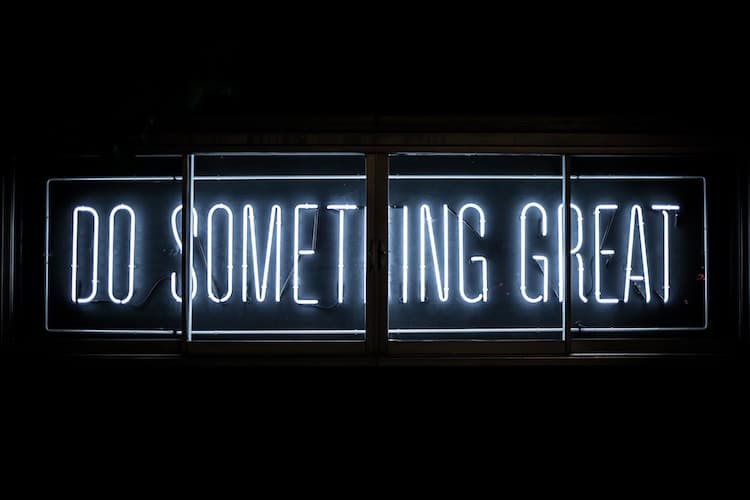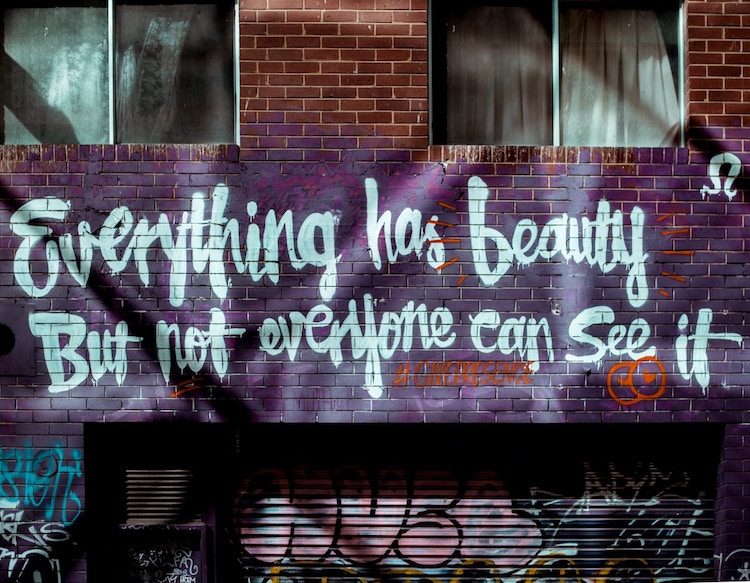
Photo: Clark Tibbs
If you’re a creative, chances are you’ve asked yourself “How does X manage to always get their projects to go viral?” While it once seemed like an impossible task to create viral art featured on the top art blogs or best photography sites without the help of PR professionals, this age of social media has made it realistic for individuals to get their work out there while riding solo.
In fact, many creatives have launched successful careers based on the buzz and viral attention that work gained while spreading across the internet. Alexa Meade, who has been featured on My Modern Met several times, is a great example of an artist whose career took off after her work went viral on numerous websites. But sometimes, it can be difficult to know where to start or how to present your work in the best light to get the attention it deserves.
At My Modern Met, we receive hundreds of submissions each week. So what is it that makes something stand out from the crowd? Here are some trade secrets, that in our opinion, will help you better understand how to present and market your work so that it will go viral in no time.
Here are 7 ways to help make your art go viral and improve your chances of getting picked up across the internet.

Photo: Annie Spratt
1. Do your homework
Just as it’s important to know your audience when marketing your art, you need to know the publications and websites that may be interested in publishing your work. Before running straight to CNN or other major publishers, do your research and seek out websites and print publications in your specialty. There are numerous websites that cater either architecture, design, fine art, or photography, as well as others—like My Modern Met—that deal with all creative genres.
Keep yourself organized by starting an Excel spreadsheet with contact information and submission requirements, making sure to keep it updated, as websites will sometimes change the email address they use for submissions. And once you have a direct contact, make sure you track the name of the person you were in touch with, as building a personal relationship can be helpful.
Not sure where to start? Think about creatives in your field whose work style is similar and see where they are getting published. Chances are it may be a good match for your own work.
2. Be a storyteller
Sometimes it’s not enough to just have a strong visual. In fact, the story behind the project can often be what takes something from anonymous to standout in a sea of work. If you are just at the starting point of a major project or series, consider when the right time would be to begin publishing the work. Often a body of work helps create a narrative that will stimulate press interest rather than focusing on a singular piece. Of course, this isn’t always the case—if you have an absolute masterpiece that stands on its own, don’t hold back.
But whether submitting your work to press or simply placing it online, making sure you effectively—and succinctly—share your vision is key. Along with the visual, these words can be a deciding factor in whether or not something gets picked up.
3. Quality is key
For My Modern Met co-founder and editor-in-chief Eugene Kim, quality work—created organically—is key. “Put everything you can into authentically creating the very best artwork and people will naturally find out about it. Most people will look at your project for a couple seconds before they determine whether they like it and want to dig deeper, or not. The way an artwork immediately triggers a person’s emotions is a huge factor.”
Some projects, like a pigeon shoe DIY, play on an unexpected sense of whimsy. While others, like Chris Porsz’s Reunion continues to be popular by marrying tenacity, good street photography, and a sense of nostalgia. The key is understanding what sort of emotion your work plays into.
And, as My Modern Met managing editor Pinar Noorata suggests, don’t hold back in how you present your project: “It’s important for artists to package their creations in an eye-catching manner. It sounds cliché and perhaps very obvious, but always put your best foot forward. Show the best work you have right then and there. Don’t save the stunner for when a publication replies with interest, because they may never see the true value of your work.”
